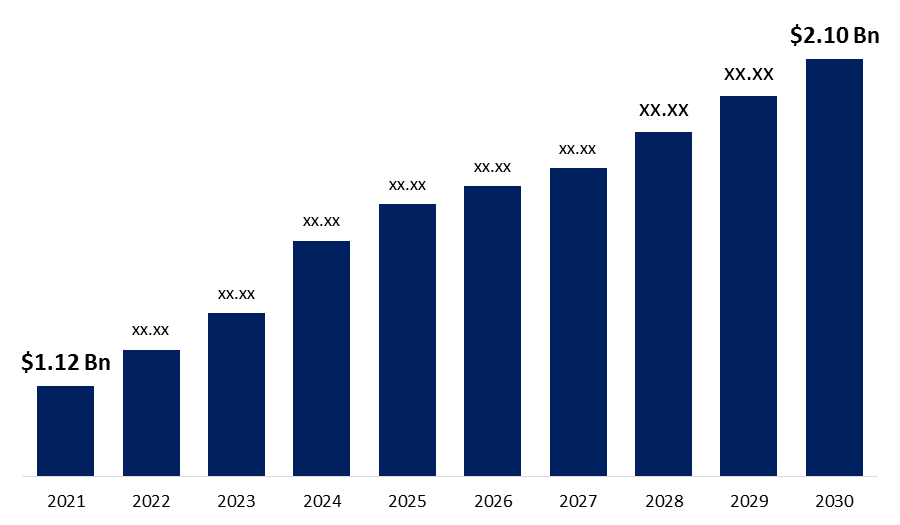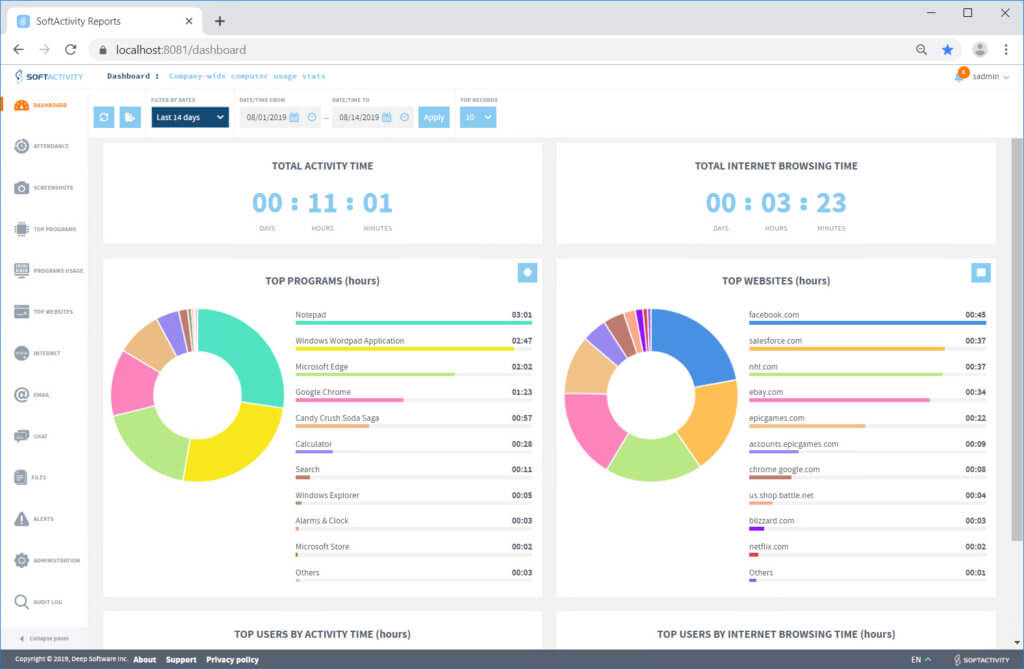The term employee monitoring software is used to refer to a software program that organizations use to monitor their employees' actions during their work. Employers can collect data on employee behaviour, including keyboard strokes, internet use as well as screenshots of applications, and more. The primary goal of employee monitoring software is to boost efficiency, make sure that employees adhere to the company's policies, safeguard sensitive information and deal with security concerns. When selecting an employee monitoring software, there are a variety of things to think about. These are the main factors to consider to consider: Features- Choose which features your business requires in accordance with your requirements. Common features include blocking of websites keys, keystroke logs, applications usage tracking and email monitoring. Prioritize features that align with your monitoring goals.
Security and Compliance: Ensure that the software adheres to all ethical and legal guidelines on employee monitoring. Learn about the applicable laws and regulations in your jurisdiction, such as privacy and data protection laws. Search for software that has clear and customizable settings that ensure that privacy rights of employees are respected.
User-Friendliness - Consider the program's accessibility and user-friendliness. Simple interfaces that are easy to use and simple set-up procedures will speed up and make it easier to implement. Look into customizable dashboards that include simple reporting tools that will assist you with navigation and analyze data.
Integrity and compatibility- Make sure whether the program is compatible with your current IT infrastructure, including the operating system and email client, as well as the project management tool and collaboration platform. Compatibility ensures seamless monitoring without affecting day-today operations.
Data Security: Evaluate the software’s security measures for protecting the information collected. Security protocols, encryption, safe storage of data as well as access control are crucial. Ensure that the software vendor uses secure practices that are robust and have an established track record of data protection.
Scalability: Think about how the software can scale to meet the demands of your growing company. If you're looking to expand your staff or establish new locations, you should choose a software that can be easily adjusted to meet the needs of your business.
Analytical Reporting- Check the software's analytics and reporting capabilities. You should look for features that give extensive insights into employee productivity, timing allocation, and trends. Analytics and reports that can be customized to help you make better decisions and help you identify areas for improvement.
Customer Support: Assess the quality of support provided by the software company. Their availability, their level of support, as well as their speed of response are all significant factors. A good customer service will provide prompt assistance when problems occur.
Cost- Pay attention to the pricing model of the program. It could be a once-off payment either subscription or usage based. Know the pricing structure, including any additional charges for support, updates, or other features. Plan your purchase according to the features and value provided.
Transparency and Communication with Employees Keep clear communication and transparency when communicating with employees pertaining to the monitoring software. Transparently explain the purpose the scope and the expectations of the monitoring. Be sure to address any concerns and make sure they are aware that privacy rights will still be respected.
These factors will help you make an informed decision about the software for employee monitoring that you pick. Take a look at the top time tracking monitoring service company for blog advice.

What Features Are Included In The Employee Monitoring Software And How Do They Differ?
The software comes with a wide range of features that allow you to track and analyze employee activity. Different software options may provide different features, but these are the most popular. It provides a detailed overview of how employees use their time.
Keystroke logging Keystroke logs all keystrokes typed by employees. It can be used for the identification of productivity bottlenecks, for identifying illegal activities, and obtaining evidence during an investigation.
Screenshots and Screen Recordings Certain software programs capture screen captures or record screens of employees on a regular basis. This can be beneficial in monitoring productivity or troubleshooting.
Internet Usage Tracking: This feature monitors employee's internet activities, including websites visited, search queries made, and downloads of files. It can help identify excessive non-work related internet browsing, security threats or policy violations.
Application Usage Tracking - This feature monitors the apps employed by employees during working time. It lets you know what applications are the most popular. It can also help to identify inappropriate or illegal applications.
Email Monitoring- Employers can monitor emails sent and received by employees as well as attachments, as well as the content of the email. Employers can be sure that policies are in compliance, prevent data leaks and look into suspicious activity.
File and document tracking - This feature tracks the changes in the form of transfers, modifications, and additions to documents. It safeguards sensitive data as well as monitors collaboration between documents and ensures that the document is in compliance with security policies.
Remote Monitoring - Employers can supervise employees who work remotely or at different locations. It allows employers to track their activities and ensure the efficiency of employees regardless of their physical location.
Productivity Analysis - Software for employee monitoring often has productivity analysis tools, which provide insight into employee time allocation and patterns of work. These analyses identify areas in need of improvement and optimize the workflow.
Analytics and Reporting - Rich analytics and reporting tools create elaborate reports that contain visualizations of the data gathered. These reports offer valuable insight into the performance of employees in resource allocation, as well as time management.
Compliance and Policy Management - Software solutions can be adapted to ensure compliance with regulations, company policies, and other industry standards. Employers are able to define and enforce policies pertaining to the use of computers Internet access, acceptable use of computers and data security.
Alerts/Notifications: Alerts/notifications notify managers or employers when certain events or activities happen. For instance, they could alert users to avoid excessive use of the Internet, attempts at accessing restricted websites, and suspicious behaviour.
The availability and functionality of the features can vary between different options for employee surveillance software. When selecting a software ensure that the features are compatible with your monitoring requirements and are compliant to local ethics and legal guidelines. Take a look at the top rated employee monitoring services for more recommendations.

How Does Employee Surveillance Software Conform To The Compliance And Privacy Laws?
Employee monitoring software must be in compliance with laws regarding privacy and compliance. While the exact legal requirements may differ based on the location, there are a few commonly used methods that employee monitoring software respects privacy and compliance laws. Consent & NoticeA majority of jurisdictions require employees to provide an informed consent and receiving prior notice of any monitoring activities. Monitoring software for employees usually includes features that allow employers to communicate their policies regarding monitoring to employees in a clear manner. This can be done through the use of written notices sent to employees, obtaining their consent through consent forms or implementing an employee handbook that outlines the monitoring procedures.
Transparent Monitoring Policies: Transparent monitoring guidelines ensure transparency by informing employees of what data is being collected, the reason they're being monitored, and how extensive the monitoring is. A clear and complete policy helps employees understand monitoring boundaries and their privacy rights.
Data minimization is usually implemented by employee monitoring software to ensure the compliance of privacy laws. Data minimization implies that only the essential data is gathered, kept and discarded. This software reduces the risk of privacy breaches by only collecting data that is needed for monitoring.
Anonymization and Aggregation: Some software that monitors employees can anonymize or aggregate data to protect employee privacy further. Anonymization erases all personally identifiable data (PII) and is unable to link data to individuals. Aggregation involves the mixing of data from multiple employees to provide information at a group level.
Secure data storage and encryption Software for monitoring employees places the most importance on security of data. Secure encryption and data storage are employed to guard data from access by unauthorized persons or disclosure by accident. It is important to secure data in transit as well as at rest.
Access Controls and Restricted Permissions To ensure compliance, employees monitoring software typically provides granular access controls and permissions. This permits employers to restrict access to monitoring information only to authorized individuals who require the data for legitimate purposes like HR employees or designated administrators.
Employee RightsRespecting the rights of employees means ensuring compliance with privacy legislation. A lot of employee monitoring programs have features that allow employees to look over their personal data, make corrections or make complaints. This permits employees to decide to take action and exercise their rights if they believe their privacy rights have been breached.
Conformity with Data Protection Regulations – The employee monitoring software was designed to conform with applicable laws on data protection, such as General Data Protection Regulations in Europe or California Consumer Privacy Acts in the United States. The way to achieve compliance is by taking appropriate measures to safeguard personal information, ensuring data subjects rights, and ensuring the lawful use of data.
It is important to note that while monitoring of employees can help companies adhere to regulations and laws, they must also consult lawyers and keep up-to-date with local laws and regulations. A comprehensive approach to complying with compliance and privacy legislation is required, which is more than just software. It includes explicit policies, as well as employee education and ongoing monitoring. See the top time tracking monitoring software for blog recommendations.
